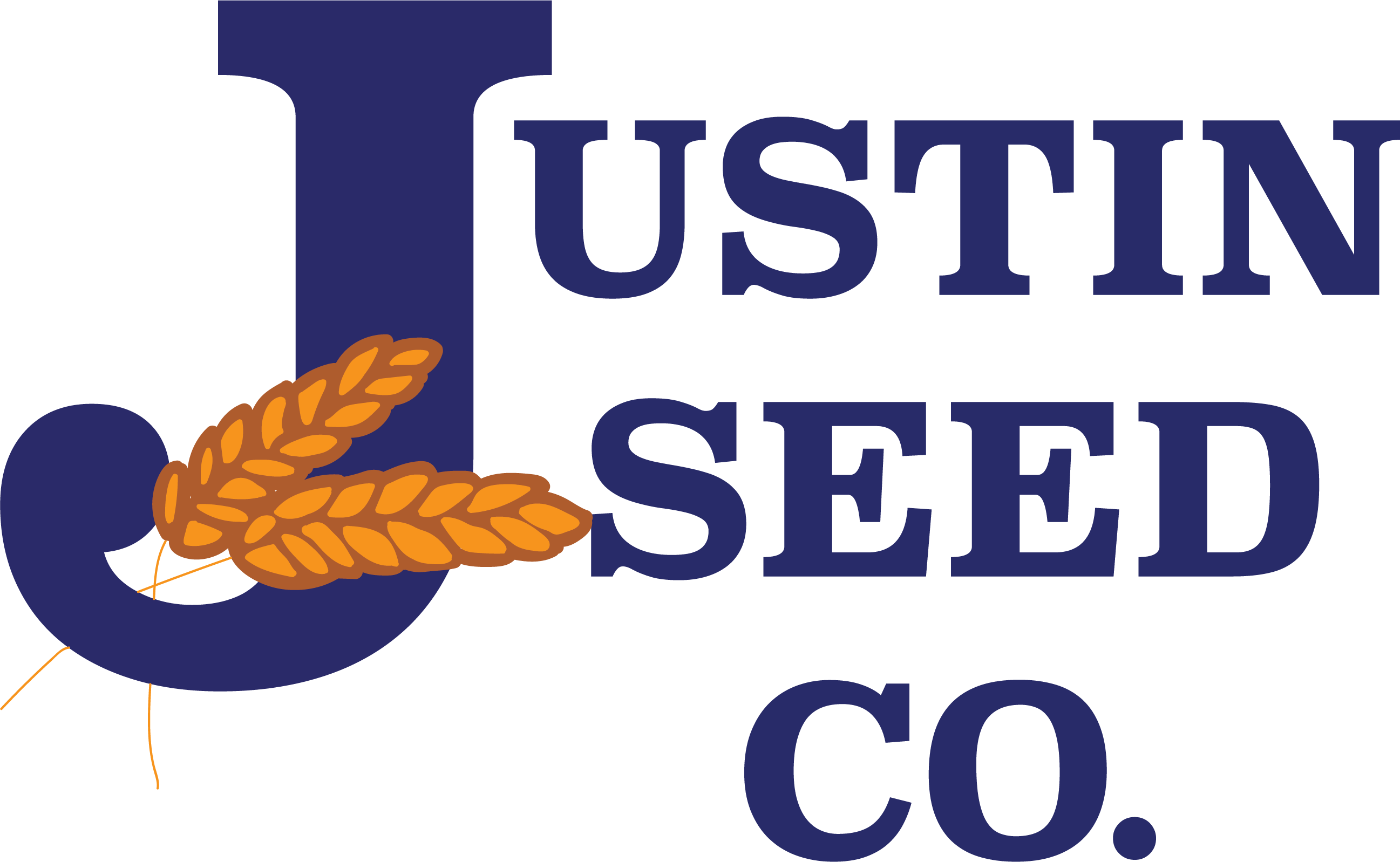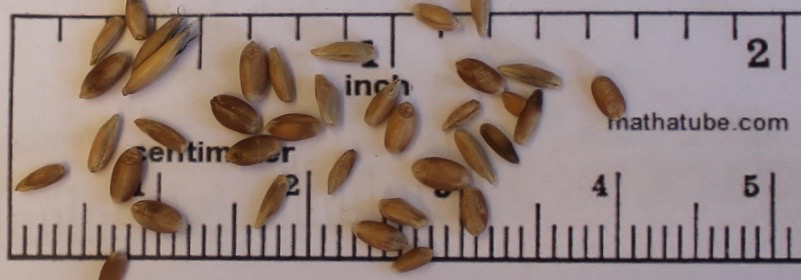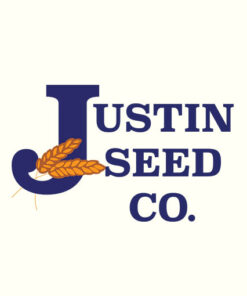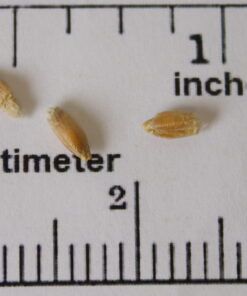Pasture Mix (Wheat and Rye)
$18.50 /50 lbs (50 pound bag)
Our Pasture mix is a blend of Wheat and Rye. The addition of Rye provides earlier forage and more forage potential during the colder growing period.
189 in stock
Our Pasture mix is a blend of Wheat and Rye. The addition of Rye provides earlier forage and more forage potential during the colder growing period.
| Planting Time | Planting Depth | Planting Rate |
| Late summer or early fall. | 1-2″ | Drilled 60-120 lb. |
| Weight | 50 lbs |
|---|---|
| Dimensions | 29 × 17 × 7 in |
Be the first to review “Pasture Mix (Wheat and Rye)” Cancel reply
You must be logged in to post a review.
Related products
Mixture of Wheat, Oats, Rye, Winter Peas, and Turnips. For best results plant late summer through fall and incorporate into the soil 1 to 2 inches.
Resistant to lodging, medium-early maturity with fair tolerance to barley yellow dwarf virus. Usage is hay, green chop, and forage.
Our Pasture mix is a blend of Wheat and Oats. The addition of Oats provides higher quality and more desirable forage and more forage than wheat alone.
Triticale is a man made plant by crossing Cereal Rye with Wheat. It contains many of the attributes of wheat and rye due to this fact. However, there is no real use for the grain and its use is limited to forage purposes for livestock.
Elbon Rye was developed in Oklahoma and is a Southern type of cereal rye. Cereal Rye is used in gardens and production fields to control nematodes and as a cover crop. Do not confuse with ryegrass or northern cereal rye.
Radishes are a hardy, very easy-to-grow root vegetable that can be planted multiple times in a growing season.
An upright, cool-season, annual legume native to the Mediterranean region that grows to a height of 30 inches under good conditions. Seeds germinate in the fall, but grow slowly during the winter.
Red winter beardless wheat that is adaptive across the south to be used as a forage wheat. Beardless wheat has little to no awns which allows continued grazing when the seed is setting in late spring.











Reviews
There are no reviews yet.